
Some air pollutants are poisonous; inhalation of polluted air causes respiratory diseases such as asthma, heart diseases, changes in lung function, and also death. Long term exposure to polluted air can compromise the growth (especially lung development) in children. Air pollution is not restricted to the external environment: indoor pollution is also hazardous to health.Pollutants
Air pollutants may be solid particles, liquid droplets, or gases; they may be natural or man-made. Primary pollutants are produced directly through a process, for example carbon monoxide gas expelled by vehicles. Secondary pollutants are produced as a result of the interaction or reaction of primary air pollutants. For instance ground level ozone gas is a secondary pollutant.
Major primary air pollutants are-
• Sulphur oxides, esp. sulphur dioxide (SO2)
• Nitrogen oxides
• Carbon monoxide (CO)
• Volatile organic compounds classified as methane (CH4) and non-methane (NMVOCs)
• Particulate matter (PM), atmospheric particulate matter, or fine particles - these are tiny particles of solid or liquid suspended in a gas
• Free radicals, radioactive pollutants, odours
• Toxic metals such as lead and mercury and their compounds
• Chlorofluorocarbons (CFCs): these are notorious for depleting the protective ozone layer
• Ammonia (NH3)
Secondary air pollutants include-
• Smog: "Smog" is a portmanteau of smoke and fog. Photochemical smog is the result of chemical reaction of sunlight, nitrogen oxides, and volatile organic compounds in the atmosphere. Smog is a serious threat to human health and is regarded as a problem of modern industrialization.
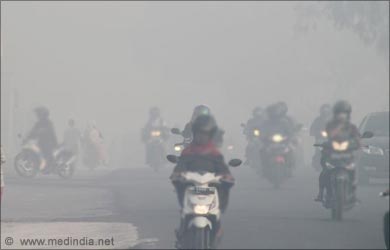
• Ground level ozone (O3) becomes toxic at high amounts. Human activities including combustion of fossil fuels contribute to high levels of ozone in the air. Ozone is a normal component of the atmosphere and serves as a protective layer (ozone layer). Pollutants such as CFCs deplete the ozone layer.
• Peroxyacetyl nitrate (PAN) is produced from nitrous oxides and volatile organic compounds (VOCs).
Sources of Air Pollution
Sources of air pollution may be categorised as man-made and natural.
Man-made (anthropogenic) Sources-
• "Stationary Sources": These include power plants, factories, waste incinerators, furnaces and other fuel-burning heating devices. Burning of traditional biomass (wood, crop waste and dung) is a major source of air pollution in developing and poor countries.
• "Mobile Sources": Motor vehicles, marine vessels and aircraft are all mobile sources of air pollution
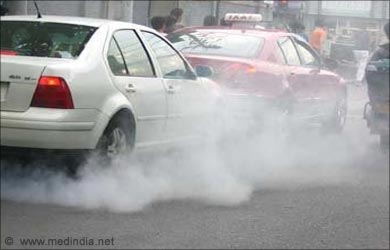
• The practice of burning in agriculture and forestry management
• Paint, hair spray, varnish, aerosol sprays generate fumes
• Waste deposition in landfills generate methane
• Military: nuclear weapons, toxic gases, germ warfare, rocketry
Natural Sources-
• Dust
• Methane: digestion of food by animals is a source of methane
• Radioactive decay generates Radon gas
• Wildfires emit smoke and carbon monoxide
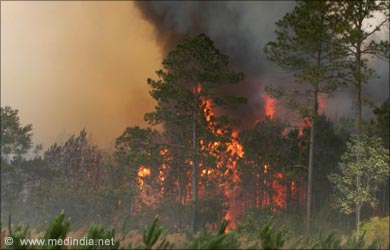
• VOCs come from vegetation, especially on warm days
• Volcanoes are sources of pollutants such as sulphur, chlorine, and ash particulates
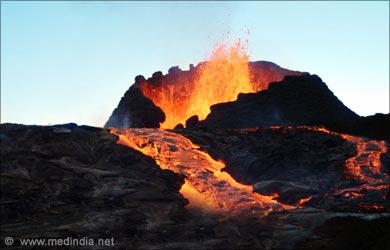
Health Effects of Air PollutionThe World Health Organization (WHO) estimates that nearly 2.4 million deaths every year are attributable to air pollution. Nearly 1.5 million people die each year due to indoor pollution. Multiple systems of the human body are affected by polluted air.
• Exposure to air pollution has been found to increase the mortality due to heart diseases
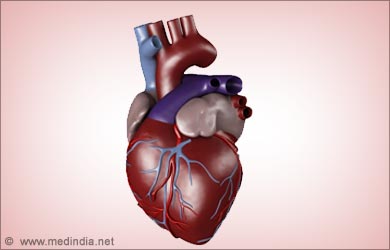
• Air pollution is regarded as a risk factor for
stroke• Smoke, emissions from automobiles, tobacco smoke and improper use of indoor heating devices compromise lung function leading to several pulmonary complications. Especially people suffering from cystic fibrosis appear to be affected the most owing to their already compromised lung functions.
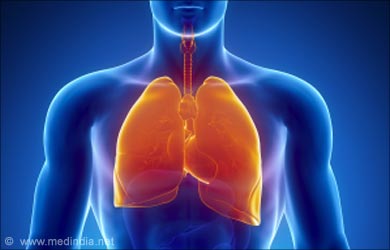
• Exposure to polluted air increases the risk of suffering from asthma and Chronic Obstructive Pulmonary Disease (
COPD). Several data link air pollution to cancer. Studies have detected increased risk of lung cancer in people who live in areas with high nitrogen oxide concentration in the air.
• Children are at increased risk of developing asthma, pneumonia and other lower respiratory infections.

Efforts to Reduce Air PollutionProper land use planning is one important step that can reduce air pollution. Adequate zoning and transport infrastructure planning are to be done. Measures to reduce pollution from sources involve:
• Use of alternative nature friendly fuel sources: bioethanol, biodiesel, or conversion to electric vehicles
• Steps to ensure better fuel efficiency
• Industries may use pollution control devices such as mechanical collectors, Electro Static Precipitator (ESP), scrubbers, etc.
• Use of respiratory protectors while working in hazardous conditions, use of dust masks, use of air purifying respirators etc.
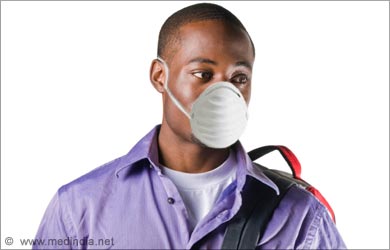
• Legal Regulations: Environmental protection agencies enact legal regulations to attain target levels of atmospheric concentrations for specific pollutants (these safe levels are set by institutions such as the U.S. National Ambient Air Quality Standards and E.U. Air Quality Directive).
Air Quality
The United States Environmental Protection Agency (EPA) has classified air pollutants into six different types: particle pollution (often referred to as particulate matter), ground-level ozone, carbon monoxide, sulphur oxides, nitrogen oxides, and lead.
Air Quality Index (AQI)
The Air Quality Index (AQI) focuses on health effects experienced within a few hours or days after breathing polluted air. It tells us how clean or polluted the air is. AQI is an index for reporting daily air quality; its value ranges from 0 to 500. The higher the value, the greater is the level of air pollution. A value of 100 is taken as a cut off and corresponds to the national air quality standard for the pollutant. Values below 100 are satisfactory and considered healthy. Air quality is regarded as unhealthy when the AQI exceeds 100.
Acid Rains
Acid rains refer to rain or any other form of precipitation that contains higher than normal amounts of nitric and sulphuric acids. These have dangerous effects on forests, freshwater bodies and soil. Insect and aquatic life-forms are killed by acid rains. Also, human health is adversely affected. Further; buildings are also damaged.
Solutions for reducing acid rains include options to bring down sulphur dioxide emissions: using coal containing less sulphur, washing the coal, and using devices called "scrubbers" to chemically remove sulphur dioxide from the gases leaving the smokestack. Also, catalytic converters can be used to reduce the emission of nitrogen oxides from vehicles.
No comments:
Post a Comment